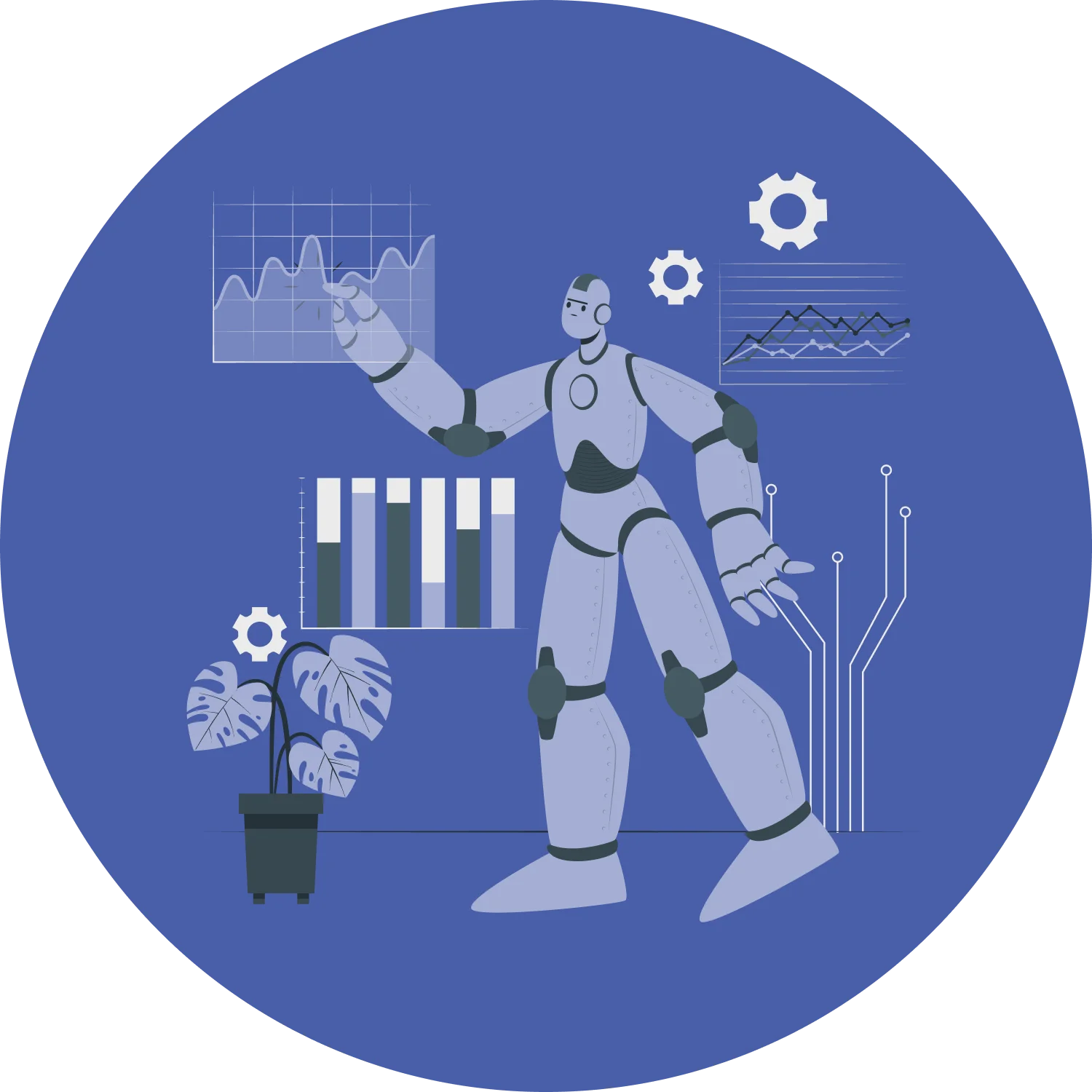Long gone are the days with organisations with stacks of files and typewriters. Millennials have stepped into the digital era and adapted quite well. The computers, mobiles, Wi-Fi and the digitization does not feel strange anymore. However, few organisations weighed down by tradition and legacy practices are still hesitant to move forward.
Their concern is quite legitimate, as the change is massive and complex. Creating the organisation of future is highly difficult and precarious task, not a mere exercise on paper. Often employers and employees tend to stick to what they’re comfortable than to move on and feel bizarre. Also, the cost and the risk of failure is high. Therefore, before jumping in with both feet, it is important that you measure the benefits against risks to make your decision to recreate your business to a future-ready entity.
In order to design the organisation of future, digitization has to be brought into your business processes. The process of digitizing will take your organisation to an outstanding level, and ease your daily allocation of work. Furthermore, the outcome will be remarkable in areas of employee performance, engagement, productivity while enabling your HR to manage sensitive and confidential people data on secured cloud infrastructure
Years and years back, organisations purely survived with paper-based processes to manage their people and raise their efficiency. However, the future of the organisation should principally be focused on speed, agility, and adaptability if it wants to compete with today’s global business environment. Digital HR solutions will assist you in gaining this speed and agility. Digital HR helps organisations to overcome many challenges around core and talent management areas in HR;
Employees got their leave approvals and contacted the HR department via e-mails.
Organisations did not employ sophisticated and convenient facilities to enable employees to manage these operational needs on the fly.
Making people centric decisions is a definite nightmare in an organisation that practices paper-based HR as every analytical data about people should be tracked by scanning through many files and papers.
Selecting a successor for a potentially critical role is challenging as we don’t have successors assessed and identified for these positions.
Recruitment is among the slowest processes to execute as advertising, screening candidates, shortlisting and onboarding involves many papers and processes
These challenges ultimately deteriorate the HR productivity. At the other end, aged people management will result in organizations failing to find the best talent in the market, retain them and accomplish the company ambitions.
Application of digital technology brings cloud, mobile, social and analytics capabilities into HR. All people centric data, core and talent management functions will function on a secured cloud infrastructure. HR does not need to concern about security and confidentiality of its sensitive intelligence with a HR solution powered by cloud capabilities.
Mobile HR is a definite feature in Digitized HR. Mobile applications will enable employees to work closely with their peers and superiors. Reaching out to report concerns, complete self-performance appraisals and sharing feedback can be done via employees’ preferred devices.
Social features in a digital HR platform will help organizations to connect the employees. Employees will use the social features to motivate peers to perform better. Ability to publish and analyze pulse surveys will help HR to gain more interesting views and ideas from employees.
One of the biggest challenges in today’s people management would be overcome with digital HR. A broad range of powerful employee analytics will help expedite HR decisions. Team leaders/ managers and even the C-level of the organization will have access to real-time and relevant HR analytics to compare performance details between employees. You could understand how employee turnover has changed during the last few months, the composition of the workforce (male, female ratio, analysis on age etc.). Critical employee attendance related data is delivered through workforce analytics. HR could observe trends on overtime, late attendance absenteeism and take corrective actions/ decisions to better the employee attendance. These analytics will help the organizations to fix existing people centric issues and make best decisions to retain the great performers.
After the implementation of digital HR and other facilities to your newly designed organization, employees and employers both should be aligned with the new working environment, and catch up to it. First, HR should understand the value of digitizing HR. Next they should educate all stakeholders in the organizations and win the buy-in from the management to roll-out a digital practice. The new generation of employees are demanding the above transformation. Thus, this is the time to execute that transformation in your organization before losing the young and best talent. Rigid organizations and HR teams who would stick to legacy practices will finally become the least competitive team in this digitally evolving world.
Keeping all these in mind, discover a Digital HR product that meets your needs, as it comes with endless benefits. Do not hesitate to make a change where the results are endless.



